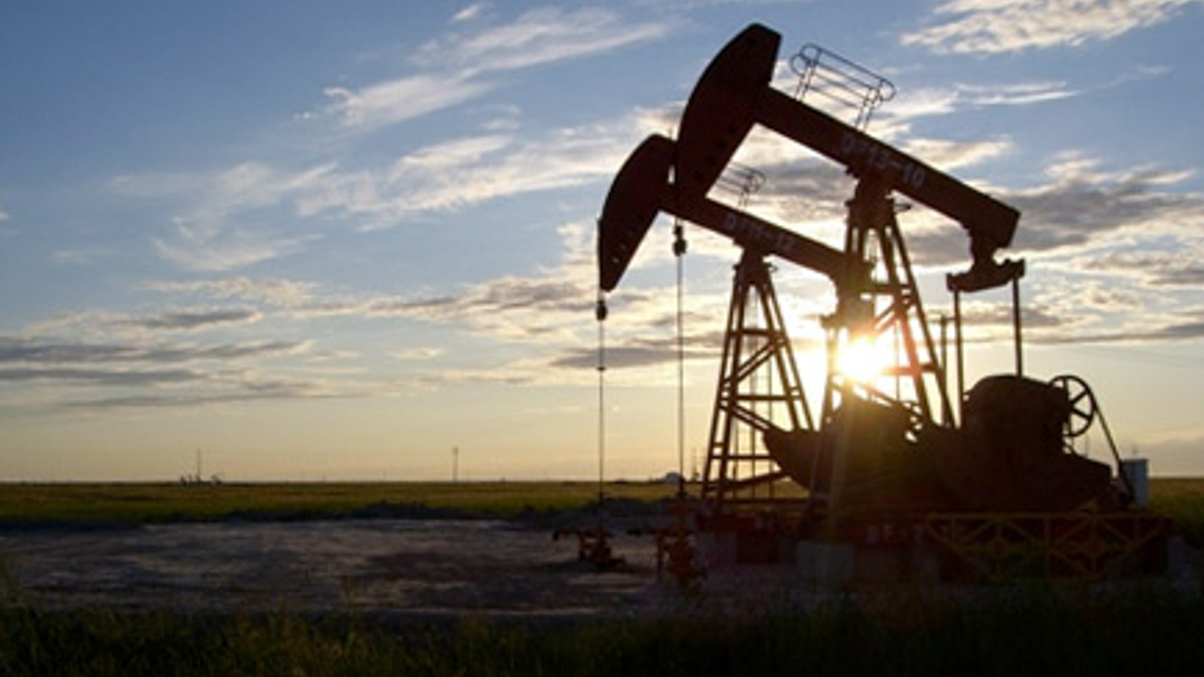Asian investors turning up the gas on fossil fuels
Asian investors are favouring engagement over divestment in their ESG journeys as fossil fuels show there's still plenty of power left in the sector.

Faced with the ESG onslaught, fossil fuel might be down but they're definitely not out in the emerging economies of the Asia Pacific where investors are seeing energy sector allocation to traditional fuels as a conduit to sustainable energy production.
Sign In to Your Account
Access Exclusive AsianInvestor Content!
Please sign in to your subscription to unlock full access to our premium AI resources.
Free Registration & 7-Day Trial
Register now to enjoy a 7-day free trial—no registration fees required. Click the link to get started.
Note: This free trial is a one-time offer.
¬ Haymarket Media Limited. All rights reserved.


